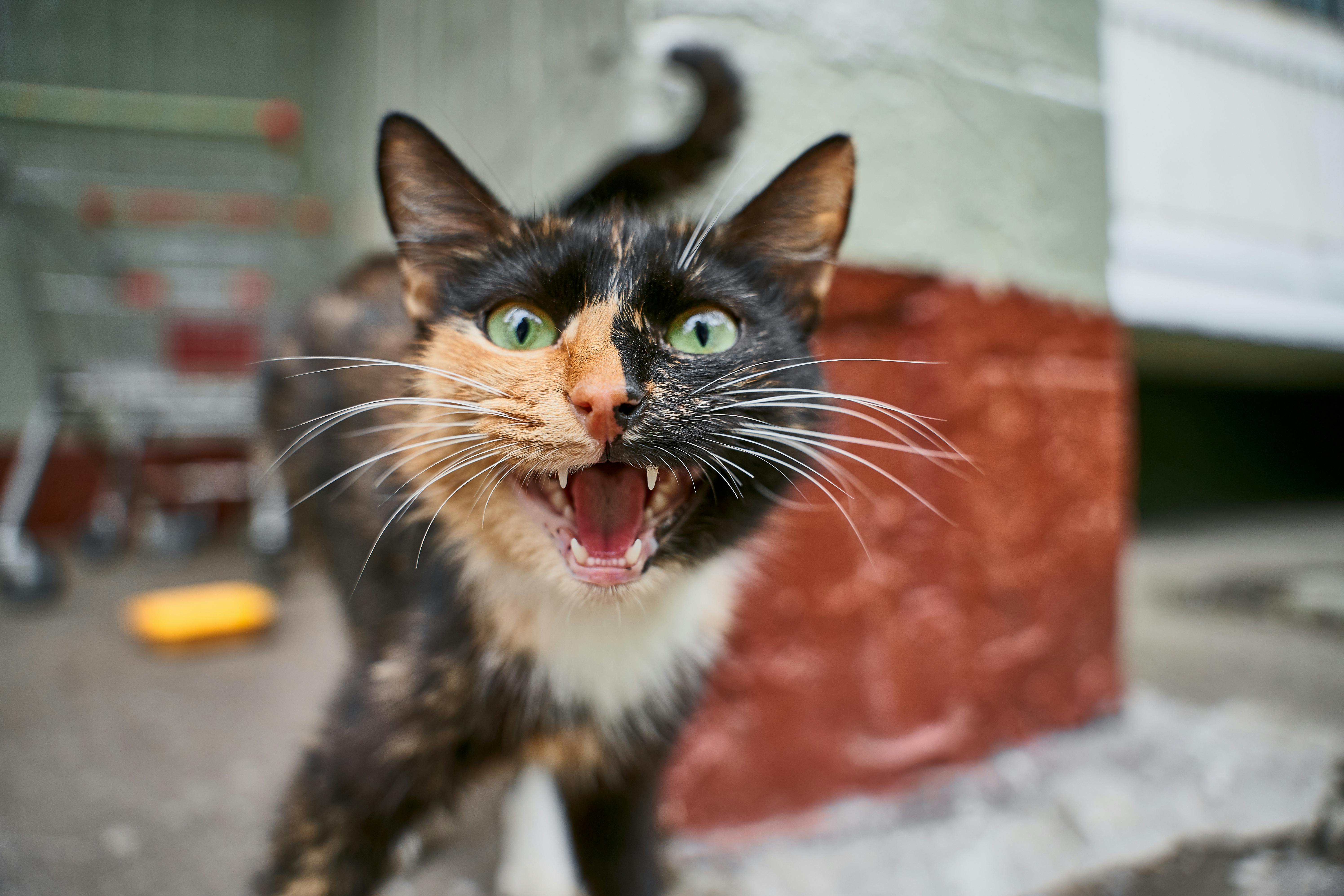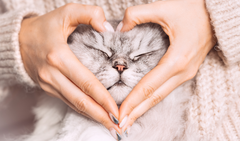Curiosity about why our feline friends vocalize leads us deep into the heart of cat communication—a mysterious blend of sounds, body language, and silent signals. When a cat meows, hisses or purrs, it is leveraging a rich communication repertoire that extends far beyond simple sound. Domestic cats have evolved to direct most of their communication patterns, including feline meows, toward humans—making themselves unique among mammals. These soft mews and loud yowls are responses shaped by millennia of coexistence, filled with hidden messages about a cat's mood, needs, or environment. Along with these sound signals, close observation of tail flicking, ear positions, and slight whisker twitching tells us a whole lot about our pet's feelings. Real cat enthusiasts know that slow blinking in a cat is usually most clearly a sign of trust and affection, and stiff body posture and hissing and growling are more likely a sign of fear or defense. By learning to interpret their signals, we open new doors to understanding and deepening our relationship with our cats.
Meows and Body Language in the Evolution of Feline Communication
Feline communication is an intricate dance of sound and silent cues—evolving from the first tiny kitten communication mews to complex adult interactions. Kittens signal hunger and warmth needs with high-pitched meows, while adults deploy everything from plaintive yowls to soft mews directed mainly at humans. Over time, purebred kittens and mixed breeds alike refine their communication patterns in response to the attention, routines, and positive reinforcement offered by their caregivers. Body language complements vocalizations: a play bow or the gentle twitch of a tail position speaks volumes, as do ears and whiskers held alert or relaxed. Social media is filled with videos of quirky feline behavior, highlighting the many ways our cats use their bodies along with their voices to make themselves understood. This evolution of signals is a testament to both feline intelligence and our role as attentive observers and companions.
Attention-Seeking Vocalizations and Tail Flicks
An attention-seeking meow is rarely delivered by itself. Furry friends often accompany repeated meows with a lightly hovering tail, gentle paw taps, or even a classic play bow. Cat lovers quickly learn that a vertical tail position signals friendliness, while tail flicking can show irritation or excitement. A cat's body language during these vocal cues offers context—ears forward show interest, while pinned ears warn of annoyance. Sometimes, a cat rubs its scent glands against your hand or leg while meowing to mark you as a trusted friend. Behavioral cues, combined with the communication patterns in meowing, provide a broader understanding of responsive and happy cat ownership.
Feeding Time Meows and the Importance of Routine

When mealtime approaches, feline meows take on urgent and often unmistakable tones, with some cats also circling, pawing, or positioning themselves near their scratching post or cat bed. Cat communication at this time includes repeated vocalization, elevated tail position, and perhaps impatient tail flicks. Consistent feeding routines and the enrichment of climbing trees or water play areas help reduce stress and ensure cat welfare. Avoiding overfeeding and employing toys for distraction also channels hunting instincts productively, giving cats healthy outlets for their natural behaviors. Developing a rhythm around meals and knowing how to reward good behaviour with positive reinforcement facilitates trust and an orderly home for both humans and their feline friends.
Returning home is often met with a greeting—a signature chorus of feline meows, soft mews, or the unmistakable slow blinking gesture. This particular body language indicates comfort and affection, an invitation for gentle interaction. Greeting your cat with eye contact and slow blinking returns the signal and strengthens the social bond. Feline behavior professionals and businesses like Tuft and Paw identify these moments as essential to feline happiness and health, often recommending a greeting ritual followed by a treat or play session. Having known objects like an ordinary scratching post or a bed for a cat helps reaffirm territory and safety upon reunion. Recognizing these subtleties of cat communication makes for stronger, more empathetic human-feline relationships.
Detecting Health Issues and Changes in Communication Patterns
A sudden change in vocalization—such as persistent loud yowls, excessive hissing and growling, or ongoing tail flicking—can be a critical sign of a health issue or underlying discomfort. Cat owners should watch for signs, including shifts in object permanence (such as forgetting the location of water bowls), litter box changes, or unusual vocalizations at night, particularly in older cats at risk for cognitive dysfunction syndrome. Regular vet visits and resources like Animal Friends Insurance or similar providers help ensure worries over healthcare and the cost of treatment never become a barrier to well-being. Proactive care, like spaying cats and investing in the best cat insurance, protects both the pet and the owner from future complications—a fundamental aspect of responsible cat ownership.
Environmental Changes and the Role of Scent Glands
Feline friends rely on stability, and changes often lead to more vocal communication, heightened use of scent glands, and increased body language signals. Moving homes, introducing new animals, or even changing the location of a cat bed or climbing tree can disrupt familiar routines, causing confusion and anxiety. Cats will strengthen their territorial claims by marking with scent glands or seeking out familiar people and spots. Supportive transitions—using tools like scratching posts, frequent water play, and the advice of a feline behaviorist—can help maintain cat welfare during challenging times. Responding patiently and providing additional environmental enrichment accelerates adjustment and reduces stress-related vocalizations.
Breed Traits and the Influence of Early Training in Communication
Certain cat breeds are well-known for their unique communication patterns. Siamese and Burmese cats, for example, often have bold, expressive feline meows, while some purebred kittens like the British Shorthair are far quieter and reserved. Early socialization, kitten communication with their mothers, and interaction with humans shape lifelong tendencies in both vocal and body language cues. Positive reinforcement from an early age, including rewards for appropriate vocal and non-vocal behavior, leads to better outcomes in adult cats. Platforms such as Tuft and Paw and social media cat behaviorists emphasize individualized attention to communication and personality—a cornerstone of improved cat welfare and happier cat ownership.
Mindful Responses Promote Richer Cat Communication
To foster a harmonious home, we must decode individual communication repertoire signals, including both vocal meows and silent cues like slow blinking or rolling over to expose the belly. Each varying message deserves a considerate response; tail flicks can demand isolation, while upright tails and soft mews could demand affection. Positively rewarding calm, good behaviors instill trust, and ignoring gratuitous vocal demands prevents reinforcement of bad habits. In the case of ongoing changes or health problems, a veterinarian or feline behaviorist must be consulted. Ultimately, the richest cat behavior emerges from environments where cats can scratch, climb, explore water, play, and express their hunting instincts freely—with their needs, instincts, and well-being honored by attentive and responsible humans.




















